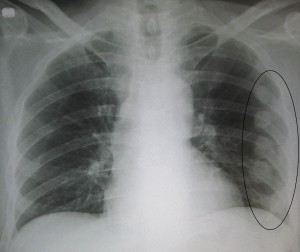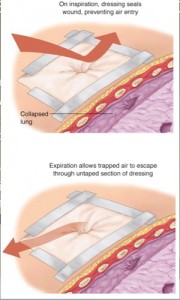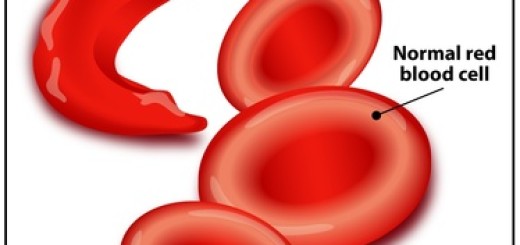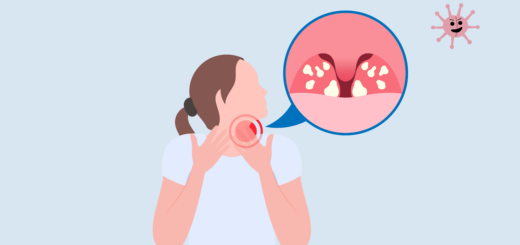First aid for chest injuries
In this blog post we discuss the correct first aid treatment for a variety of chest injuries. Chest injuries are difficult for the first aider to manage, and casualties will require early advanced medical attention so do not delay in calling for help
The major chest injuries encountered are fractured ribs, flail chest and penetrating/sucking chest wounds.
Fractured ribs
Ribs are composed of successive layers of flat bone, which give the ribs their flexibility or ‘spring’. When ribs fracture, often the ‘spring’ is reduced, rather than the entire bone being detached from the spinal column or the sternum. Rib injuries cause distress due to the difficulty the casualty has in breathing. Rib injuries can be frightening as the casualty may feel unable to breath due to the severe pain.
Signs and symptoms of fractured ribs
history of trauma to the chest
- pain at the site, especially when breathing in
- rapid shallow breathing
- ‘guarding’ of the injury
First aid for fractured ribs
- check for any open injuries to the chest
- place the arm on the affected side into an elevation sling
- observe for any breathing problems
- seek medical aid
Flail chest
Flail chest is an injury to the ribs where a section of the chest wall has been detached due to multiple rib fractures. Often this is the result of major trauma such as a road traffic accident or serious fall.
Generally there is an associated collapsed lung (pneumothorax). Flail chest should be considered a life-threatening injury due to its complications and the high likelihood of other injuries
Signs and symptoms of a flail chest
- pale, cool clammy skin
- rapid, weak pulse
- shallow, difficult breathing
- paradoxical chest movements, where the injured area moves in the opposite direction to the rest of the chest
- cyanosis
- pain, especially when breathing in
First aid for a flail chest
- call for emergency medical help
- check for any open injuries to the chest
- check for other injuries: if major trauma, do not move the patient unless they are unconscious (to place them into the recovery position)
Penetrating (sucking) chest wound
A penetrating (sucking) chest wound may be a wound where the object is still in place in the wall of the chest, or it may be an open wound left by the object, eg. a stab wound, or bullet wound. If the object is still in place DO NOT remove it. If it is too long or too awkward to manage, obtain urgent expert assistance to have it cut, but resist removing or cutting the object yourself.
Signs and symptoms of a penetrating chest wound
- history of the incident
- object still in place
- open wound in the chest wall (look for both entry and exit wounds)
- pale, cool, clammy skin
- rapid, weak pulse
- rapid, shallow breathing
- cyanosis
- may be pain at the site
- onset of shock
First aid for a penetrating chest wound
- call for emergency medical help
- if object is still in place, stabilise with a pad around entry wound
- if open wound, apply plastic or a non-stick pad, taped on three sides only leaving bottom side un-taped to allow for air to escape from the chest
- check for other injuries
- observe respiratory rate

 history of trauma to the chest
history of trauma to the chest





Only interested in first aid today thank you